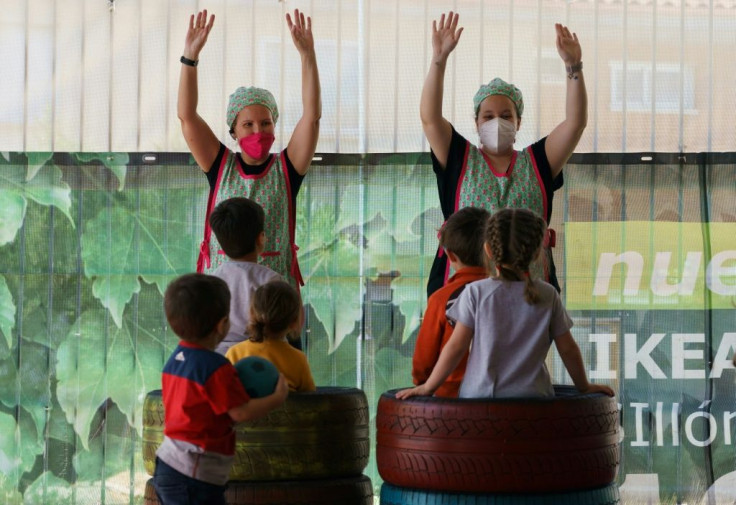Global Coronavirus Update: Europe Infections Surge Again, Brazil Hits 4 Million Cases
KEY POINTS
- Europe thought it had left behind the worst of the COVID-19 pandemic in March and April
- The relaxation of social distancing restrictions since July, however, has led to the resurgence of the disease
- Europe's incidence rate is now back to the same levels as March
Europe is seeing an unwelcome resurgence in new cases of COVID-19 to the point where incidence rates are now almost at the same levels they were back in the spring during the height of the pandemic on the continent.
The 14-day case notification rate for the European Union, the European Economic Area (EEA) and the United Kingdom stood at 46 per 100,000 population as of Aug. 26, according to the European Center for Disease Prevention and Control (ECDC).
That number is more than triple the low point set a few months ago as the case notification rate has been increasing for the past 40 days. ECDC said the current spike in new cases was also due to more testing.
"The virus has not been sleeping over the summer," ECDC director Dr. Andrea Ammon told lawmakers. "It did not take vacation."
Ammon said the case notification rate hit 40 per 100,000 people at the end of March. Infections by the end of April jumped to around 70 per 100,000. She said the notification rate in the EU and EEA countries was below 15 at one point, "so there is an increase and this increase we have been seeing now for more than five weeks. It has been a slower increase (than) we had in March. However, we are almost back to the numbers that we have seen in March."
ECDC data also shows the COVID-19 mortality rate for the EU, EEA and the UK now stands at four per million population. The rate has been stable for 53 days.
ECDC said the risk of further escalation in COVID-19 infections is “high” in countries reporting an increase in hospitalizations. This outcome is a strong indication there is a genuine increase in transmission occurring in the EU, EEA and the UK.
ECDC also said the risk of escalation is “very high” for countries if they fail to reinforce health policies such as physical-distancing measures, contact tracing and testing.

What's concerning about the surge is the new cases are largely among younger people, said Ammon. She said this new pattern has led to stable hospitalization numbers as younger people are less likely to become more gravely ill because of the disease as is the case with the elderly. Ammon, however, also said hospitalizations among the elderly are on the rise.
The World Health Organization (WHO) said a relaxation of public health measures, and people “dropping their guard,” helps explain the resurgence of the virus across Europe.
Brazil, which ranks second to the U.S. in total confirmed case numbers worldwide, is also seeing a disconcerting surge in new cases. The Ministry of Health reported 43,773 new cases and 834 deaths Thursday evening. This new toll brought total confirmed cases to 4,041,638 and the death toll to 124,614.
While cases and deaths continue to climb, the infection rate and mortality rate seemed to drop in August, according to a CNN analysis.
© Copyright IBTimes 2024. All rights reserved.





















